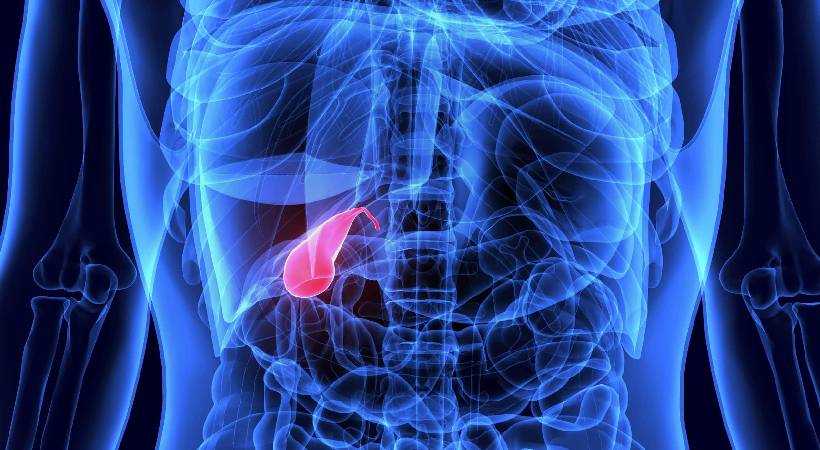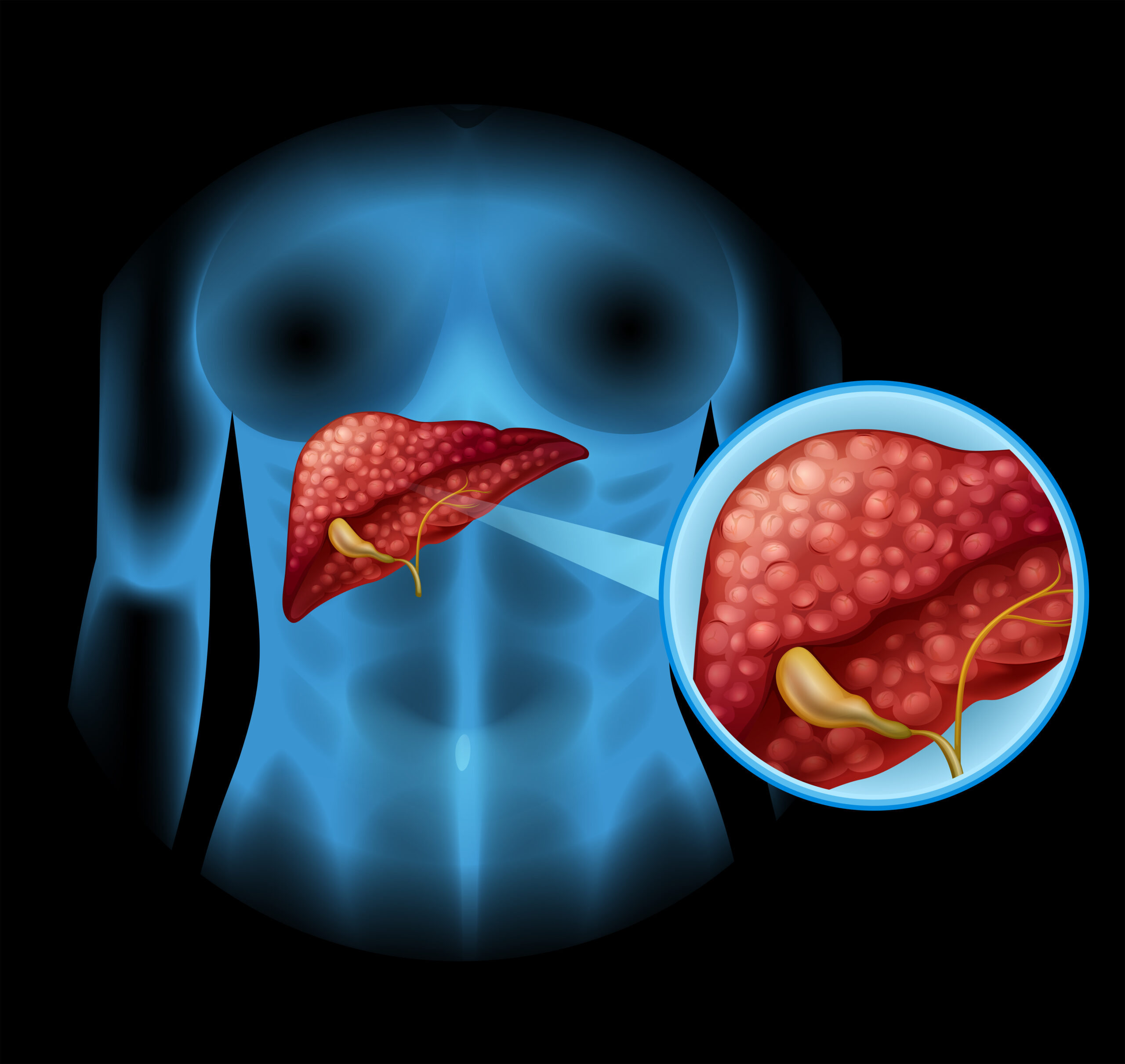The liver is one of the most vital organs in...

Bile duct injury is a serious medical condition that can have significant consequences for affected individuals. The bile ducts play a crucial role in the digestive process by transporting bile from the liver to the small intestine to aid in the digestion of fats. When these ducts become damaged, it can lead to various complications and require prompt medical attention. In this article, we’ll explore the causes, symptoms, diagnosis, and treatment options for bile duct injury.
Causes:
Bile duct injuries can occur for a variety of reasons, including:
- Surgery: Bile duct injury is a known complication of certain surgical procedures, particularly those involving the liver, gallbladder, or pancreas. Injuries can occur during gallbladder removal (cholecystectomy), liver resection, or pancreatic surgery.
- Trauma: Traumatic injuries, such as blunt force trauma to the abdomen, can also cause damage to the bile ducts.
- Inflammation: Conditions that cause inflammation of the bile ducts, such as primary sclerosing cholangitis or choledocholithiasis (gallstones in the bile duct), can increase the risk of bile duct injury.
- Tumors: Bile duct tumors, both benign and malignant, can obstruct the flow of bile and lead to injury.
Symptoms:
The symptoms of bile duct injury can vary depending on the severity of the injury and whether it is acute or chronic. Common symptoms include:
- Jaundice (yellowing of the skin and eyes)
- Abdominal pain, particularly in the upper right quadrant
- Fever and chills
- Nausea and vomiting
- Dark urine
- Pale-colored stools
- Itching (pruritus)
Diagnosis:
Diagnosing bile duct injury typically involves a combination of medical history, physical examination, and diagnostic tests. These may include:
- Blood tests: Blood tests can help assess liver function and detect signs of inflammation or infection.
- Imaging studies: Imaging tests such as ultrasound, CT scan, MRI, or MRCP (magnetic resonance cholangiopancreatography) can provide detailed images of the bile ducts and help identify any abnormalities or blockages.
- ERCP (endoscopic retrograde cholangiopancreatography): This procedure involves inserting a flexible tube with a camera into the digestive tract to visualize the bile ducts and perform certain interventions if necessary.
- Liver biopsy: In some cases, a liver biopsy may be performed to examine liver tissue for signs of injury or disease.
Treatment:
The treatment of bile duct injury depends on the underlying cause and severity of the condition. In some cases, conservative management may be sufficient, while more severe injuries may require surgical intervention. Treatment options may include:
- Observation: In mild cases of bile duct injury, close monitoring may be sufficient, with regular follow-up appointments to assess symptoms and liver function.
- Medications: Medications may be prescribed to manage symptoms such as itching or to treat underlying conditions such as inflammation or infection.
- Endoscopic therapy: In cases where there is a blockage or stricture in the bile duct, endoscopic procedures such as ERCP may be performed to remove gallstones, insert stents to keep the duct open, or perform other interventions to improve bile flow.
- Surgery: Severe cases of bile duct injury may require surgical repair or reconstruction of the bile ducts. This may involve techniques such as bile duct resection and reconstruction, liver transplantation, or other surgical procedures to repair damaged ducts and restore bile flow.
Conclusion:
Bile duct injury is a serious condition that can have significant consequences if left untreated. Prompt diagnosis and appropriate treatment are essential for managing the condition and preventing complications. If you experience symptoms such as jaundice, abdominal pain, or unexplained fever, it’s important to seek medical attention promptly to determine the underlying cause and receive appropriate care. With timely intervention, many cases of bile duct injury can be effectively managed, allowing individuals to maintain good liver health and overall well-being.
Real Patients, Real Stories
Liver Transplant and Biliary Sciences Blogs
Dr. Manoj Shrivastav & Team at Jupiter
The toddler had a huge 20 cm lump sitting on...
Jupiter Hospital Performs paediatric whole liver transplant
PUNE: An expert team of Jupiter Hospital, Pune performed...
Understanding the Symptoms of Metabolic Liver Diseases
By Dr. Manoj Shrivastav – Liver Specialist in Pune |...





